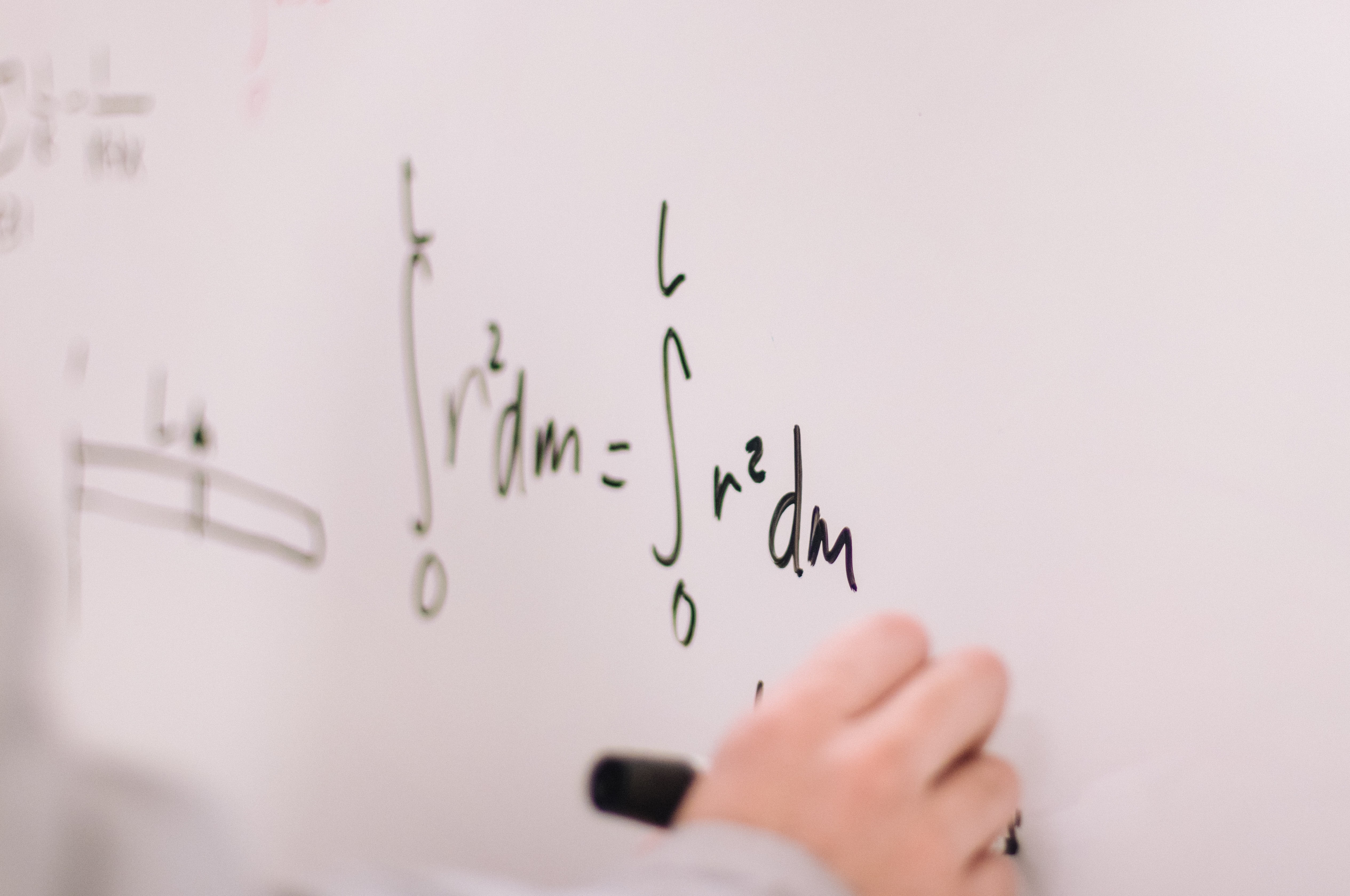 Photo by Jeswin Thomas on Unsplash
Photo by Jeswin Thomas on Unsplash
COVID learning loss, especially in math, presents challenges for students and educators moving forward.
New research reveals concerning COVID learning loss, including substantial math losses in grades 5-8 and modest reading losses across grades K-8, as a result of the pandemic, according to Illuminate Education.
The disruptions caused by the COVID-19 pandemic have resulted in measurable learning loss. Researchers saw modest reading losses across grades K-8, modest math losses in early elementary grades, and substantial math losses in grades 5-8.
Math achievement losses are substantial in grades 5 through 8. In grades 5 through 8 losses ranged from about three to four months. On average, students would have to grow at nearly twice the annual rate for three to four months to make up for these losses.
Early reading loss is of great concern. First grade is the transition where most students begin to read connected text, making it critical that these skills be shored up quickly, according to the research.
Although not as big as feared, the reading loss in Grade 1 is of greatest concern because this is the transition where most students begin to read connected text. It’s critical that these skills be shored up quickly. The good news is that closing a gap of one month’s learning during the first-grade year is possible if additional time for Tier 1 core instruction is provided.
“The data show that we’ve reached a critical point. If we don’t place greater emphasis on remedying losses now, achievement gaps are likely to widen later,” said Dr. John Bielinski, Sr. Dir. of Research & Development at Illuminate Education. “Through regular screening, support, and practice, we can work to ensure students aren’t left behind.”
Earlier this year, Illuminate Education researchers reported projected learning loss due to disruptions in instruction from the pandemic. The new brief uses data from a national sample of students who completed FastBridge’s aReading and aMath assessments in fall 2020 and compared those results to a calculated baseline, which was established by analyzing more than one million previous fall screening administrations dating back to fall 2016. By comparing the data sets, researchers were able to quantify actual fall learning loss.
Researchers offer key strategies to help combat COVID learning loss.
In reading:
• For students in kindergarten through Grade 2, additional reading instruction for all students is the best way to close the gaps.
• Such instruction needs to be systematic and direct and focus on phonemic awareness, phonics and fluency (National Reading Panel, 2000). The typical recommended time for primary grades reading instruction is 90 minutes per day. This year, expanding that time to 120 minutes for all students in kindergarten through Grade 2 will provide the additional instruction needed for students to make up learning losses by the end of the 2020-2021 school year.
• For upper elementary grades and middle school, decisions about how to provide additional reading instruction are best made as part of a multi-tiered system of support (MTSS). The number of students requiring strategic or intensive support will determine how best to meet these needs (Brown-Chidsey & Bickford, 2016).
In math:
Because math competency is largely built on mastery of math concepts and skills, it is reasonable to speculate that students have lost some of what was learned during the last school year and that some important skills were never fully developed last spring. Notably, students usually have fewer opportunities to practice math skills outside of school.
The evidence from this national sample suggests that without greater emphasis on math instruction and practice, the losses may become permanent.
• As with reading supports at the upper grades, researchers strongly recommend that schools use an MTSS to identify what types of math instruction students need and then adjust both daily schedules and teaching practices to meet those needs.
• Research is clear that the most effective math instruction includes direct and systematic lessons that focus on mastery of basic facts first (National Math Advisory Panel, 2008).
• In order to know each student’s current math skills and the best starting points for instruction, universal mathematics screening is recommended.
Discover more online Resources with RobotLAB!

CoderZ is an online educational environment that improves students 21st century skills, while they are having fun programming their own virtual cyber robot. CoderZ and RobotLAB has different lessons to do at home! Check them out Here

